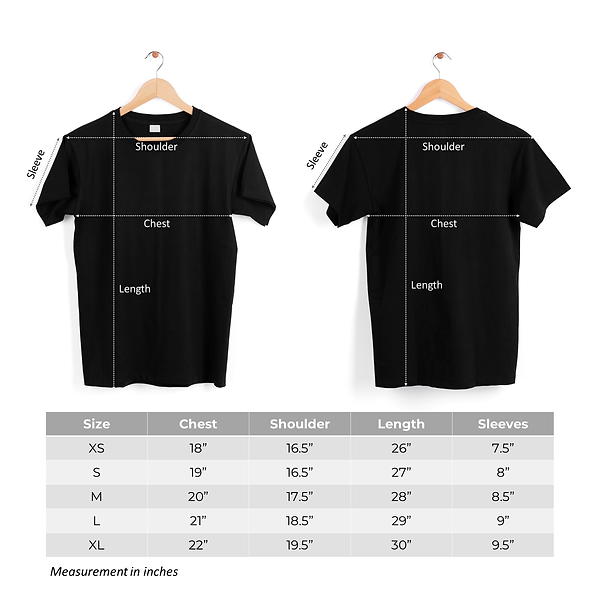The Bible: Divine Revelation Through History
This sacred text represents God’s progressive self-disclosure to humanity through diverse literary forms and historical contexts.
Structural Overview
- Old Testament (39 books): Hebrew scriptures documenting covenant history
- New Testament (27 books): Christian writings centered on Christ
- Time span: Approximately 1500 BC – AD 100
- Original languages: Hebrew, Aramaic, and Greek
Canon Formation Process
Old Testament Development
Key stages of recognition:
- Torah established by 400 BC
- Prophets collected by 200 BC
- Writings finalized at Jamnia (AD 90)
New Testament Recognition
| Criteria | Application |
|---|---|
| Apostolic origin | Connection to apostles |
| Orthodox content | Consistent with apostolic teaching |
| Catholicity | Wide acceptance by churches |
| Traditional use | Regular liturgical reading |
Textual Transmission
Manuscript Evidence
Remarkable preservation:
- 24,000+ NT manuscript copies
- Dead Sea Scrolls confirm OT accuracy
- 99.5% textual agreement among manuscripts
Translation History
Major milestones:
- Septuagint (3rd century BC Greek OT)
- Latin Vulgate (AD 382)
- Gutenberg Bible (1455)
- 500+ complete modern translations
Theological Significance
Central Themes
- God’s covenant relationship with humanity
- Human sin and divine redemption
- Christ as fulfillment of prophecy
- Kingdom of God and eschatological hope
Authority and Interpretation
Approaches include:
- Literal: Historical-grammatical method
- Allegorical: Spiritual meanings
- Moral: Ethical applications
- Anagogical: Future/eschatological sense
Cultural Impact
Historical Influence
The Bible has shaped:
- Western legal systems
- Educational institutions
- Art, music, and literature
- Social justice movements
Modern Engagement
Contemporary approaches:
- Historical-critical scholarship
- Contextual theologies
- Digital Bible accessibility
- Interfaith dialogue

